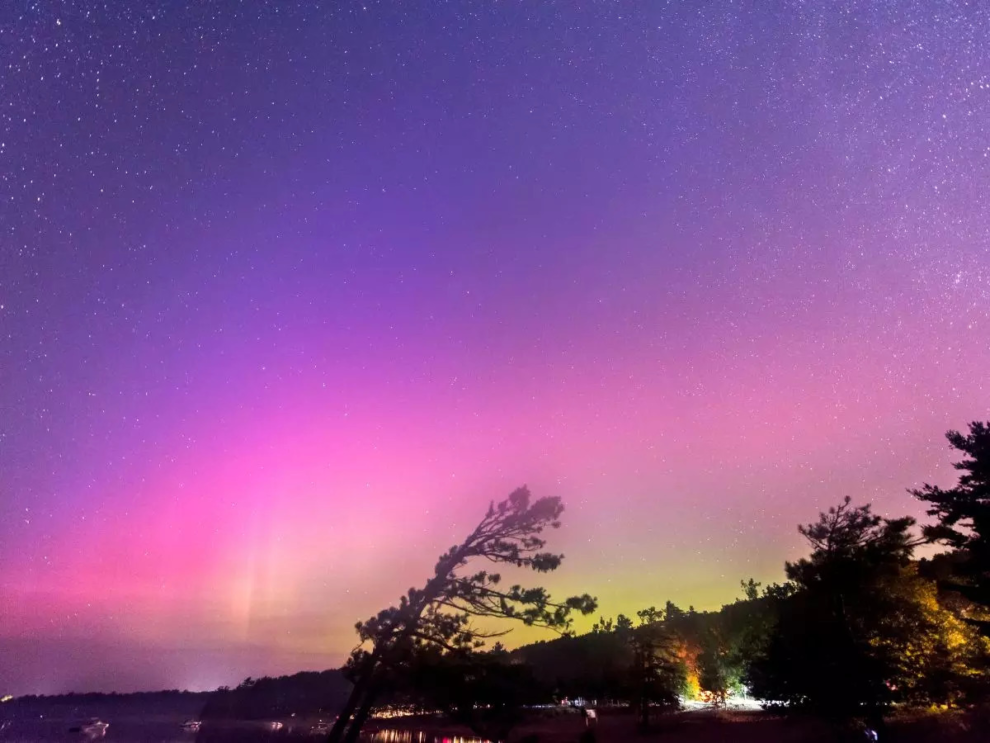In a recent turn of event, the Hanle and Merak observatories in Ladakh have reported spotting red aurora. Last week, the observatories shared pictures of the night sky, which showed a unique phenomenon of red aurora.
Those who don’t know, auroras are patterns of bright lights in the sky that are seen when particles ejected by the Sun interact with the earth’s magnetic field. It’s also known as Northern Lights or Aurora Borealis. This phenomenon is usually visible near the poles.
The Hanle observatory spotted the lights towards the northern horizon. Dorje Angchuk, the engineer in charge of the Halen observatory informed that the red light was seen towards the Northern horizon from “10 pm till midnight of 5 November and its intensity peaked around 10:40 pm”.
This is the second aurora light captured by the observatory this year. The first light was spotted on April 23. “The aurora is seen when the plasma released during solar flares interacts with the Earth’s magnetic field. The plasma enters from the poles which is where most of the Aurora is seen. It is mostly not visible in places closer to the equator like India. However, when the event is intense it may be seen,” informed Vemareddy, solar astronomer from Indian Institute of Astrophysics.
He further said that spotting aurora light this year is likely more over the next two years. Vemareddy said: “The number of solar flares on the Sun increases and decreases during a 11-year cycle. At present, we are in the ascending phase of the cycle, meaning that there are likely to be more solar flares in the coming year. The peak of the cycle is likely to be reached in 2025, after which the activity will start going down”.
Hanle is a perfect spot to observe the phenomenon as it is India’s only dark sky reserve. The observatory, also known as the Indian Astronomical Observatory, is in Hanle village. It is set at an altitude of 4500 m (14,764 ft) above sea level.
Source: Times of India
















